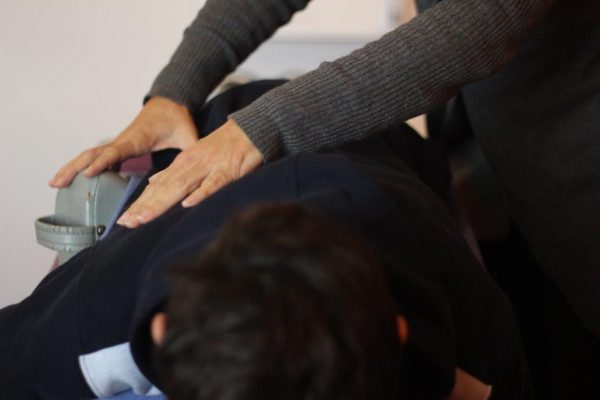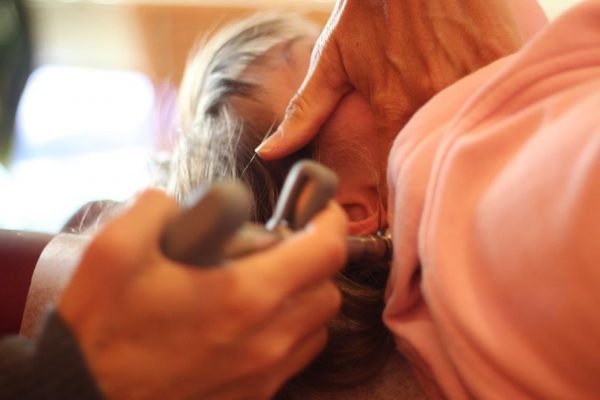Neck pain is a common complaint that can have serious effects, both long and short term, on health and well-being. The causes of neck pain are varied, as are the symptoms, and this is why a comprehensive approach to care is required.
Neck pain is only second to low back pain for numbers affected. Part of the reason for the neck’s susceptibility to injury is its flexibility and the work that it’s required to do in supporting the weight of the head. In addition, the neck is especially vulnerable to traumatic injury, is adversely affected by poor posture and the performing of repetitive tasks, and is particularly prone to deterioration as part of the ageing process.
Injuries and accidents are a common cause of neck pain, whether these be car accidents, sporting injuries, or pain to the neck caused by other sorts of trauma. Whiplash is one of the most common types of neck injury, caused when the head and neck are suddenly and violently forced in one direction, and then rebound backwards.
Much of what we do in daily life can also lead to ongoing or acute neck problems. Poor posture (caused through muscle imbalance or bad habits), the performing of repetitive tasks (RSI), or sitting for long hours in the office and not taking enough exercise, can all be contributory causes of neck pain. Stress and tension can also be contributing factors, as this can create stiffness and soreness in the neck, inhibiting movement and causing severe discomfort.
Very often, problems with the joints in the neck and upper back lead to pain, numbness or tingling in the hands, accompanied by a loss of strength and coordination, or it may present as aches and stiffness in the shoulders and upper arms. This can be a dull, throbbing pain, or shooting sensations through the limbs and extremities. These symptoms can appear suddenly, or develop slowly over a period of time. Neck pain brought about by stress and tension can lead to the muscles contracting tightly, resulting in the loss of the ability to turn or move the neck freely.
Chiropractic treatment may also involve rehabilitation exercises designed to help you regain flexibility and return to a flexible, pain-free posture, as well as advice and guidance on how to maintain your proper posture so that further deterioration is avoided.





